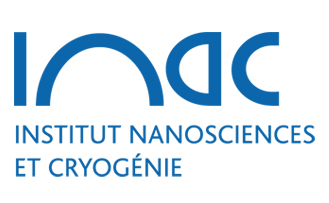Wetting and adhesion of a polymer melt on porous self‐assembled polymer substrates by breath figure templating
Résumé
This study addresses the wetting and adhesion of a low molecular mass poly( n ‐butyl acrylate) homopolymer melt, used as a weak acrylic adhesive, on two types of textured polymer films prepared by the breath figure templating method. The first film is a polystyrene homopolymer honeycomb‐like structure with well‐defined porous structure and long‐range ordering. The second is a disordered poly( n ‐butyl acrylate)‐ block ‐polystyrene diblock copolymer film featuring a broad distribution of pore diameters. Static contact angle measurements show that porous films repel better the polymer melt than the corresponding nontextured films. Contact angles and spreading of polymer melt droplets on these textured surfaces reveals a Cassie‐Baxter state on the ordered porous film and a partial Wenzel state on the disordered porous films. In addition, probe tack results show that the textured surfaces tend to induce cavitation. The correlation between the wetting and adhesion highlights the major role of melt insertion into the pores, which is primarily controlled by the pores’ dimensions.

